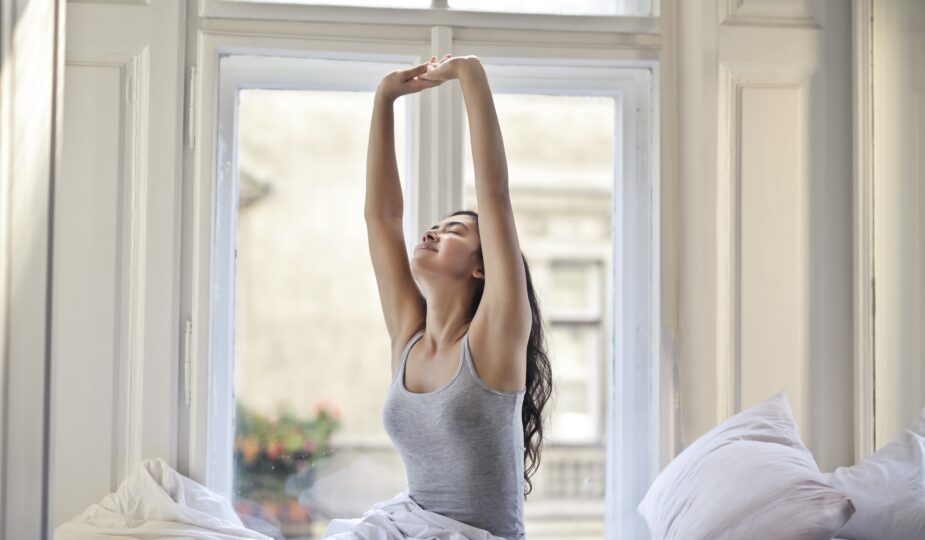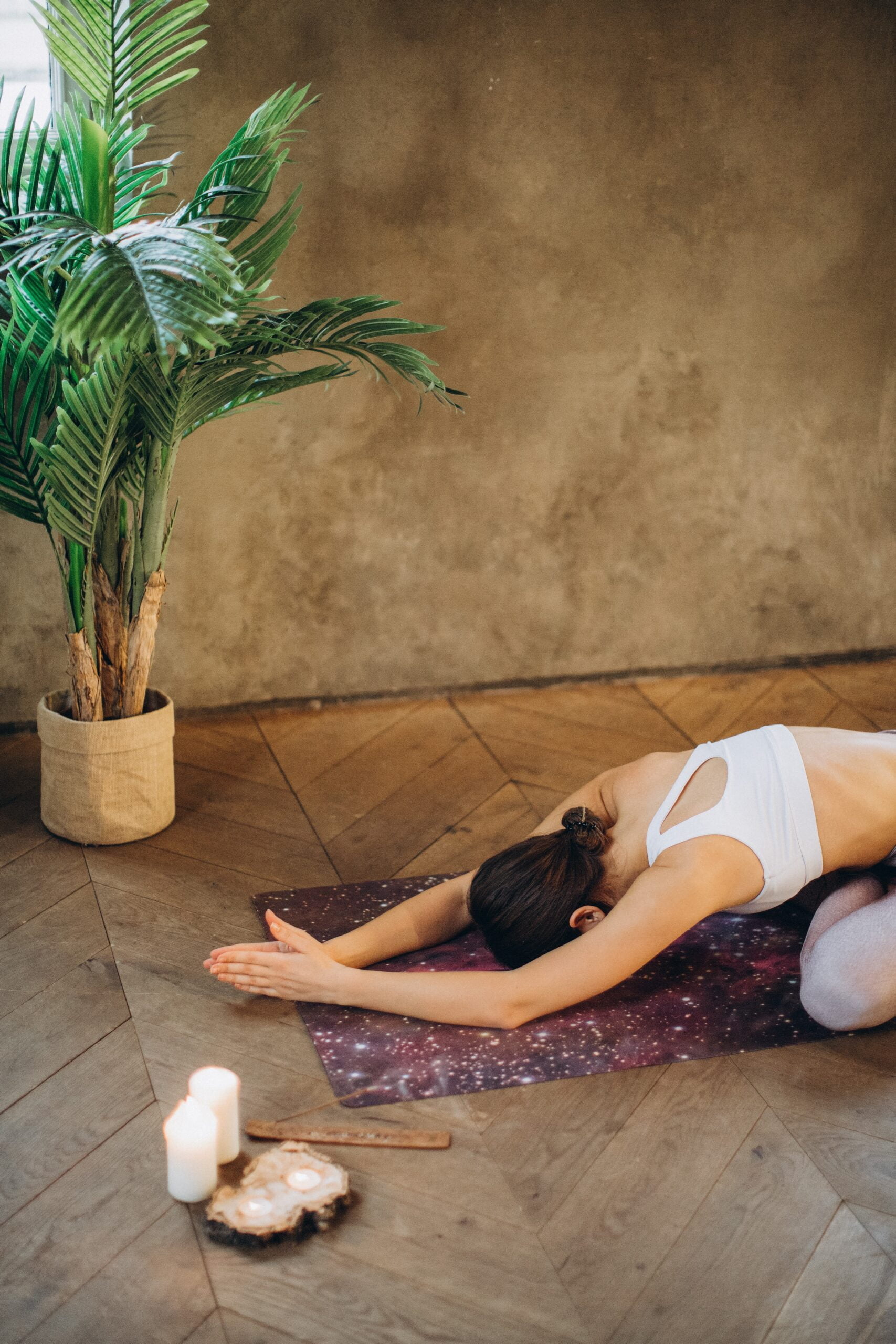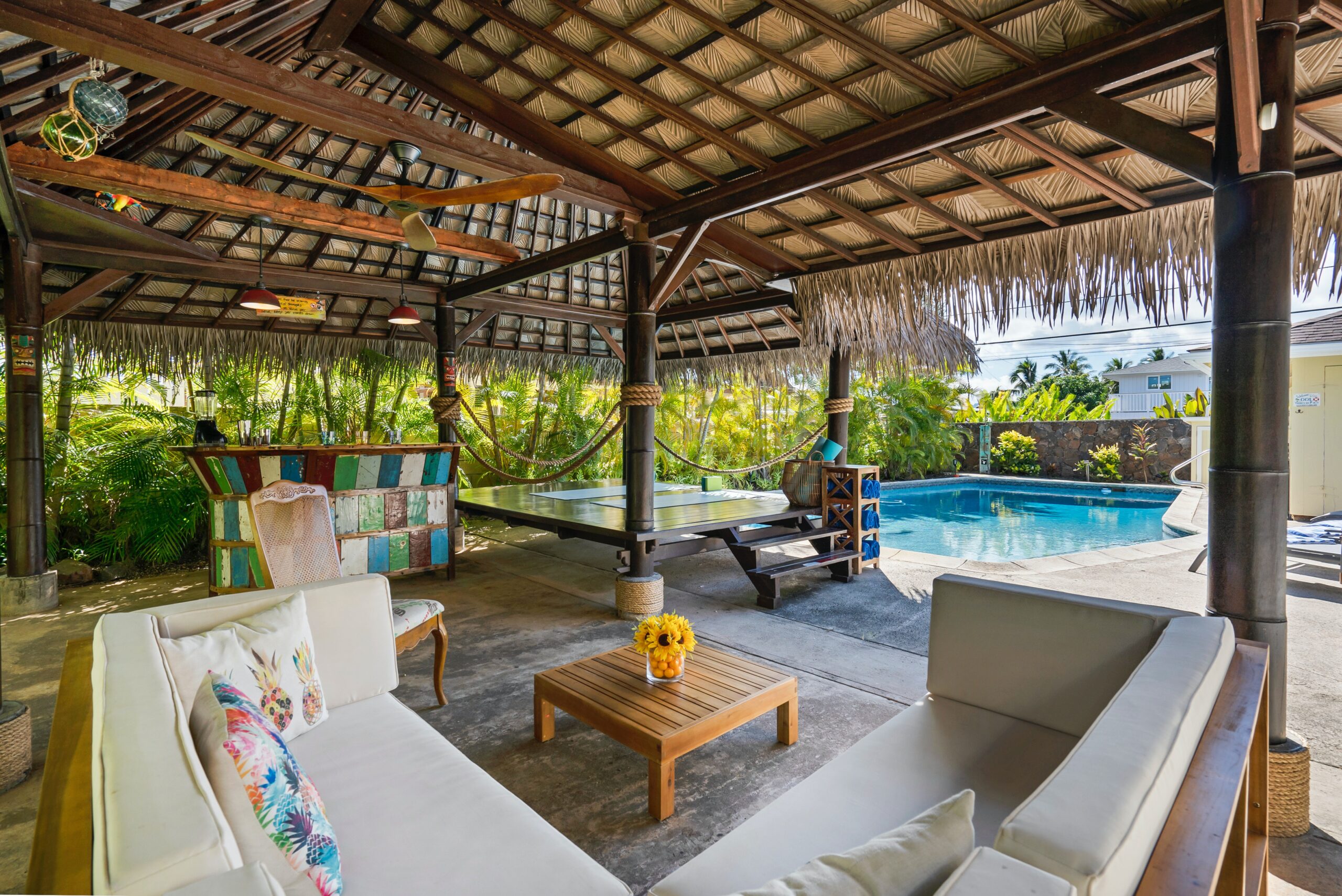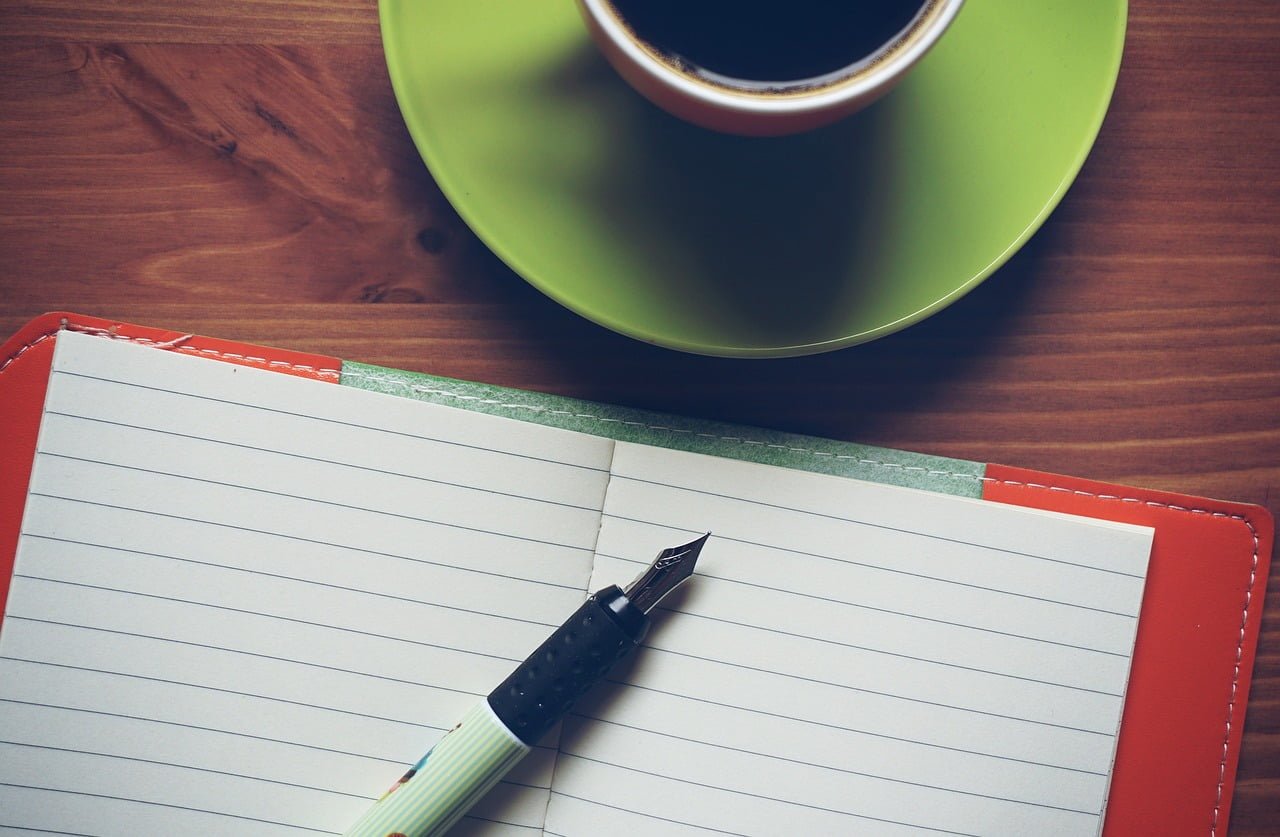In the hustle and bustle of our fast-paced lives, it’s easy to forget to take a moment for ourselves, to unwind, and simply relax. The daily grind, filled with work deadlines, traffic jams, and endless notifications, can leave us feeling like we’re constantly on high alert. It’s no wonder that stress and tension often become our unwelcome companions.
But what if we told you there’s a simple and effective way to hit the reset button on your stress levels? Welcome to the world of Progressive Muscle Relaxation, or PMR for short. It’s like a mini-vacation for your body and mind, a way to let go of the built-up tension and invite a sense of calm back into your life.

In this article, we’re going to take you on a journey through the world of Progressive Muscle Relaxation. We’ll explore what it is, how it works, and why it’s an essential tool for anyone seeking relaxation, stress relief, and improved well-being. So, grab a comfy chair, find a quiet corner, and let’s dive into the soothing realm of PMR—a practice that’s all about unwinding, one muscle at a time.
Understanding Progressive Muscle Relaxation
Progressive Muscle Relaxation (PMR) is a relaxation technique developed by American physician Edmund Jacobson in the early 20th century. It’s founded on a simple premise: when your body is physically relaxed, your mind follows suit. PMR involves systematically tensing and then relaxing different muscle groups, which helps release physical and mental tension.
Jacobson’s theory was based on the idea that we often carry unnecessary muscle tension in our bodies, even when we’re not aware of it. By consciously tensing and relaxing specific muscles, we become more attuned to the physical sensations associated with tension and relaxation. This heightened awareness can help us release pent-up stress and anxiety.
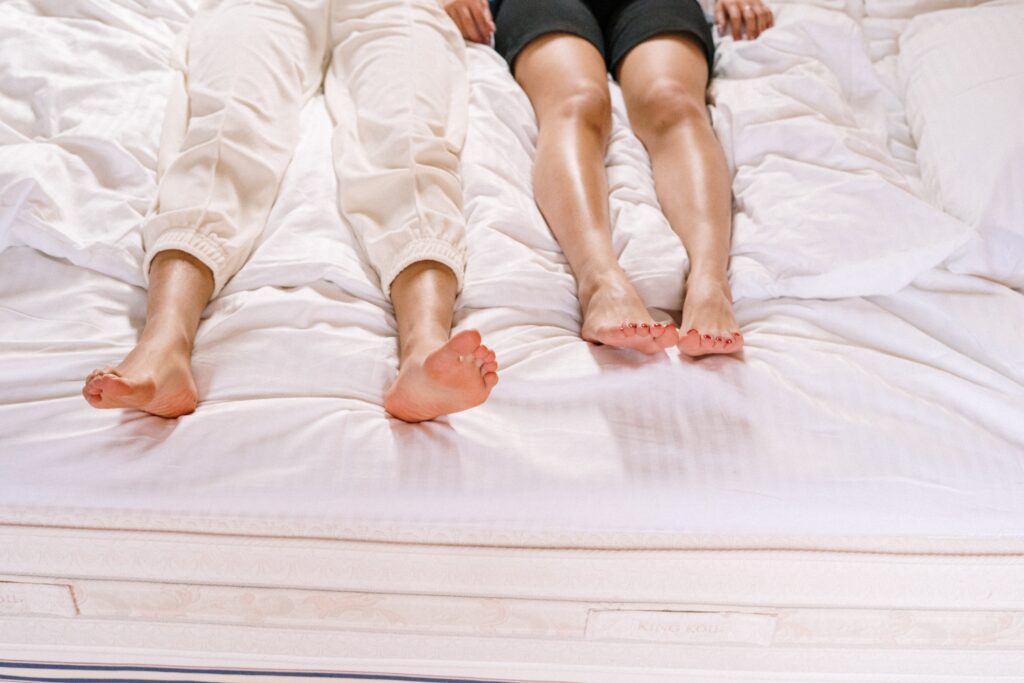
The Benefits of Progressive Muscle Relaxation
The advantages of incorporating PMR into your routine are manifold:
Stress Reduction and Relaxation
PMR is a potent stress-reduction tool. As you systematically release tension from each muscle group, you’ll experience a profound sense of relaxation, often likened to the feeling you have after a massage or a great night’s sleep.
Improved Sleep Quality
If you struggle with insomnia or poor sleep quality, PMR can be a game-changer. By practicing PMR before bedtime, you’ll signal to your body and mind that it’s time to unwind and prepare for restful sleep.

Enhanced Physical and Mental Well-Being
Regular practice of PMR can have lasting positive effects on your overall well-being. It can help reduce symptoms of anxiety and depression, improve mood, and increase feelings of calm and serenity.
Managing and Reducing Anxiety and Tension
When you’re in the throes of anxiety or a stressful situation, PMR can serve as a quick and effective coping mechanism. By focusing on your muscles and their relaxation, you can regain control over your body’s physical response to stress.
Enhanced Mind-Body Connection
In our fast-paced world, it’s easy to feel disconnected from our bodies. PMR can help bridge that gap by cultivating a stronger mind-body connection. As you focus on each muscle group during the practice, you become more attuned to the sensations in your body, promoting a sense of mindfulness and self-awareness.

Complementary Use in Medical and Therapeutic Settings
PMR is often used in conjunction with other therapeutic approaches to address various physical and mental health issues. It has been successfully integrated into pain management programs, substance abuse treatment, and therapies for conditions like PTSD.
The Science Behind Progressive Muscle Relaxation
The Role of Autonomic Nervous System
When we experience stress or anxiety, our sympathetic nervous system kicks into high gear, triggering the “fight-or-flight” response. Progressive Muscle Relaxation helps activate the parasympathetic nervous system, which is responsible for the body’s relaxation response, counteracting the effects of stress.
The Relaxation Response and its Effects
By engaging in PMR, you stimulate the relaxation response, which is characterized by lowered heart rate, blood pressure, and stress hormone levels. This counterbalances the physiological effects of stress and promotes a sense of calm and well-being.
Research Studies on Progressive Muscle Relaxation
Numerous studies have examined the effectiveness of Progressive Muscle Relaxation in various populations, including those with anxiety disorders, chronic pain, and sleep disturbances. Research consistently shows that PMR can significantly reduce stress and anxiety levels, improve sleep quality, and enhance overall mental well-being.
How to Practice Progressive Muscle Relaxation

Let’s roll up our sleeves and get into the nuts and bolts of practicing PMR. It’s simpler than you might think:
Preparing for a Progressive Muscle Relaxation Session
Choosing a Quiet and Comfortable Environment:
Find a peaceful spot where you won’t be disturbed. You can sit or lie down, whichever is more comfortable.
Wearing Loose, Comfortable Clothing:
This allows for unrestricted movement during muscle tensing and relaxation.
Reducing Distractions:
Turn off your phone or put it on silent mode. The goal is to create a serene, distraction-free environment.
The Step-by-Step Process of Progressive Muscle Relaxation
PMR typically involves tensing and then relaxing specific muscle groups. Here’s a simplified breakdown:
Progressive Muscle Tensing
Start at your toes and work your way up, systematically tensing each muscle group for about 5-10 seconds.
Progressive Muscle Relaxation
After tensing a muscle group, release and relax it for 20-30 seconds. Pay close attention to the sensations of relaxation in each muscle group.

Detailed Instructions and Guidance for Each Muscle Group
Each muscle group is unique, and you may find that some hold more tension than others. Here are some key muscle groups to focus on during your PMR practice:
- Toes and feet
- Calves
- Thighs
- Buttocks
- Abdomen
- Hands and forearms
- Upper arms and shoulders
- Neck and face
You’ll progressively move through these muscle groups during your PMR session.
Tips for Deepening Your Practice Over Time
Like any skill, PMR becomes more effective with practice. Here are some tips to help you maximize its benefits:
- Set a regular schedule for PMR, ideally once or twice a day.
- Experiment with different muscle groups or sequences to find what works best for you.
- Combine PMR with deep breathing exercises or mindfulness techniques to enhance relaxation.
Common Challenges and How to Overcome Them
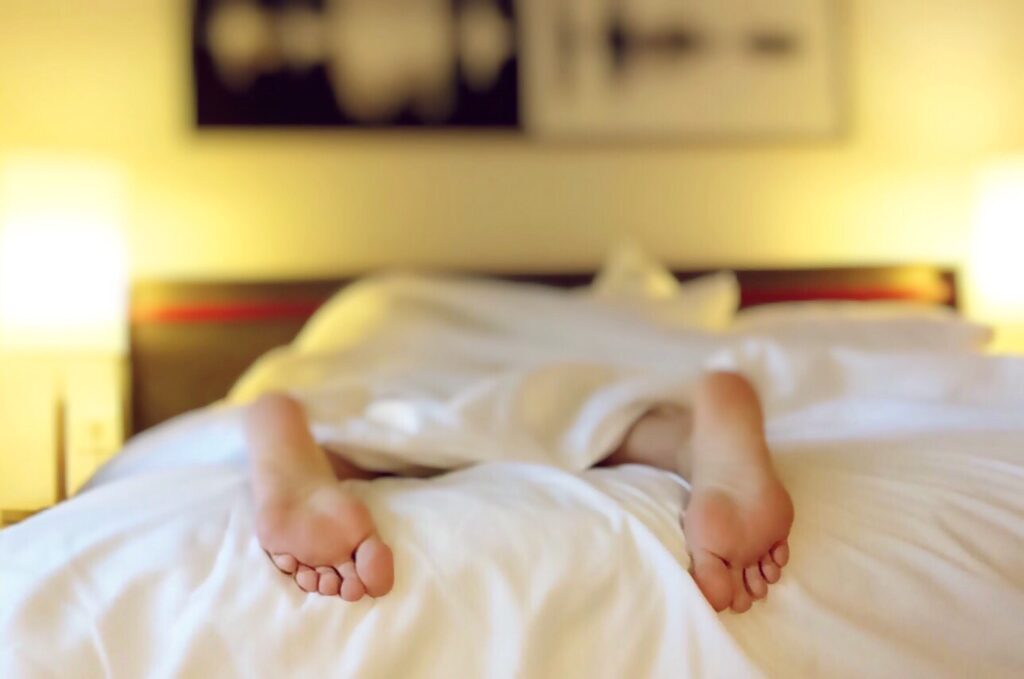
As with any practice, you might encounter some challenges along the way. Here’s how to address them:
Difficulty in Staying Focused During the Practice
- If your mind wanders during PMR, gently bring your focus back to the muscle group you’re working on.
- Use guided audio recordings or apps to help you stay on track.
Falling Asleep During Progressive Muscle Relaxation
While it’s okay to fall asleep during PMR, it’s not the primary goal. If you’re consistently dozing off, try practicing PMR at a time when you’re naturally more alert.
Feeling Frustrated if Relaxation Doesn’t Come Immediately
Remember that relaxation is a skill that develops over time. Be patient with yourself, and avoid self-judgment.
Managing Discomfort or Pain While Tensing and Relaxing Muscles
- If you experience pain or discomfort, reduce the intensity of muscle tensing or skip the affected muscle group.
- Consult a healthcare professional if you have chronic pain or discomfort.
Adapting PMR for Individuals with Physical Limitations
- PMR can be adapted for individuals with physical limitations by focusing on muscle groups that can be comfortably tensed and relaxed.
- Consult with a healthcare provider or therapist for personalized guidance.
Integrating Progressive Muscle Relaxation into Daily Life
The real power of PMR lies in its consistency. Here’s how to make it a part of your daily routine:
Setting a Regular Practice Schedule
Consistency is key. Set aside specific times each day for your PMR practice.
Incorporating PMR into Stress Management Routines
Use PMR as a tool to manage stress, especially during challenging or busy periods.
Using PMR as a Tool for Specific Situations
Apply PMR before high-stress events like meetings, presentations, or exams to calm your nerves.
Combining PMR with Other Relaxation Techniques
Consider integrating PMR with deep breathing exercises, meditation, or mindfulness for a comprehensive relaxation routine.
Progressive Muscle Relaxation and Mindfulness

PMR and mindfulness practices share common ground. Here’s how they intersect:
The Connection Between PMR and Mindfulness Practices
- Both PMR and mindfulness focus on the present moment and bodily sensations.
- PMR can enhance mindfulness by promoting bodily awareness.
How PMR Can Enhance Mindfulness and Present-Moment Awareness
By regularly practicing PMR, you’ll become more attuned to your body’s signals, which can enhance your overall mindfulness.
Incorporating Mindfulness Elements into PMR Sessions
To deepen your practice, integrate mindfulness techniques like deep breathing and body scanning into your PMR sessions.
Final Thoughts
Progressive Muscle Relaxation is a valuable tool for anyone seeking stress relief, relaxation, and improved overall well-being. By systematically releasing tension from your muscles, you’ll find yourself better equipped to face the challenges of daily life with calm and composure.
Remember that like any skill, PMR becomes more effective with practice. Make it a part of your daily routine, and you’ll soon discover the profound benefits it can bring to your physical and mental health. So, whether you’re looking to unwind after a hectic day or manage chronic stress, Progressive Muscle Relaxation is your passport to a more relaxed and tranquil state of being.

